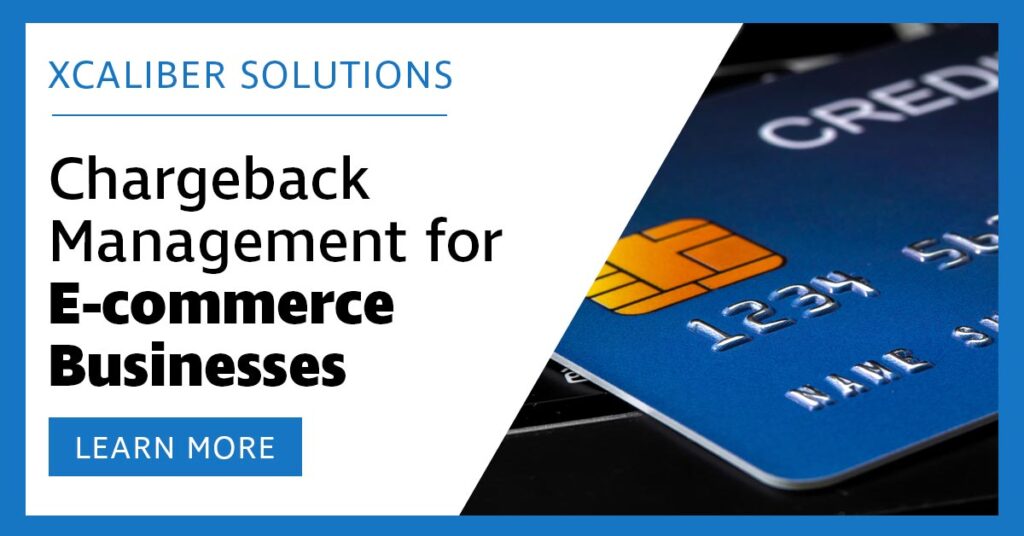The Ultimate Guide to Chargeback Management for E-commerce Businesses

Chargebacks are an unfortunate reality for many e-commerce businesses, posing financial risks and affecting customer relationships. Understanding chargebacks and implementing effective management strategies are crucial to protect your business. In this comprehensive guide, we’ll delve into the world of chargeback management for e-commerce businesses, exploring their causes, impacts, and best practices for successful management.
Understanding Chargebacks
Chargebacks occur when customers dispute transactions, often due to fraudulent activity, dissatisfaction with products/services, or billing errors. These disputes lead to funds being withdrawn from the merchant’s account, incurring additional fees and potential loss of goods or services already provided.
Common Causes of Chargebacks in E-commerce
Fraudulent transactions are a significant cause of chargebacks, stemming from stolen credit cards, identity theft, or unauthorized purchases. Additionally, customer disputes arise from issues like product dissatisfaction, delivery delays, or billing discrepancies. Technical glitches or errors in payment processing can also trigger chargebacks.
The Cost of Chargebacks to E-commerce Businesses
Chargebacks present a double-edged sword for e-commerce businesses. Beyond financial loss, they tarnish your reputation and erode customer trust. Excessive chargebacks may result in increased fees, account closures, or even being labeled as a high-risk merchant.
Strategies for Effective Chargeback Prevention
Implementing robust fraud prevention measures, such as address verification systems (AVS), card security codes, and fraud detection tools, can mitigate risks. Clearly communicating policies, providing detailed product descriptions, and offering responsive customer service help prevent disputes.
Managing and Resolving Chargebacks
When faced with a chargeback, swift action is essential. Merchants should understand the chargeback process, respond promptly to dispute notifications, provide compelling evidence, and be prepared to engage in the resolution process. Leveraging technology and chargeback management tools streamlines this process.
Best Practices: Chargeback Management for E-commerce Businesses
Consistent monitoring of chargeback ratios and identifying trends empowers businesses to take proactive measures. Establishing robust policies and procedures to minimize risks and regularly reviewing and updating these protocols is crucial.
Chargebacks can significantly impact an e-commerce business, but proactive measures and effective management can mitigate these risks. By understanding the causes, implementing preventive strategies, and mastering the resolution process, businesses can safeguard their revenue and reputation from the challenges posed by chargebacks.

